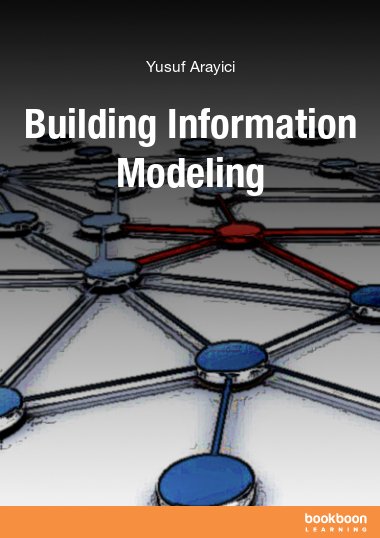Building Information Modelling (BIM) is often misinterpreted by practitioners and researchers as REVIT or ArchiCAD since these tools are introduced as BIM by the software vendors. Yet, BIM is much more than a software tool. It is actually more about process and people than it is about technology. The e-book provides a detailed and complete perception for BIM to conceive it correctly by practitioners and researchers. It covers technology, process and people aspects through a lifecycle perspective. It also gives examples of BIM projects for the readers to perceive BIM benefits from its use.

